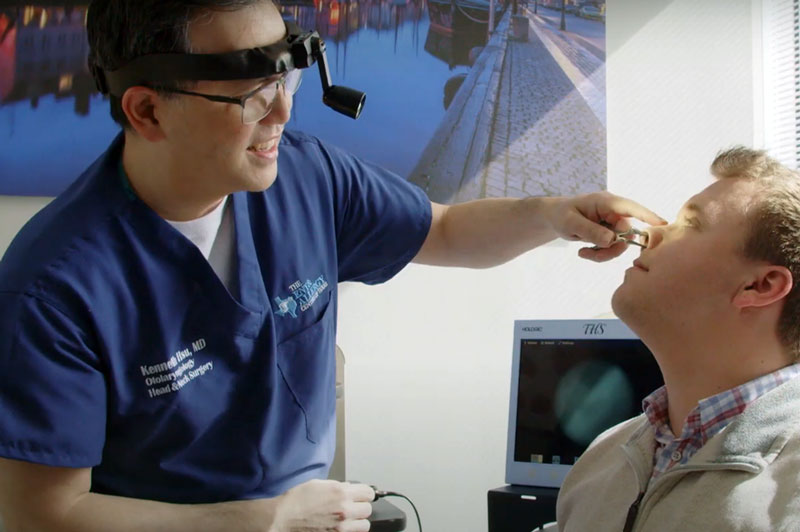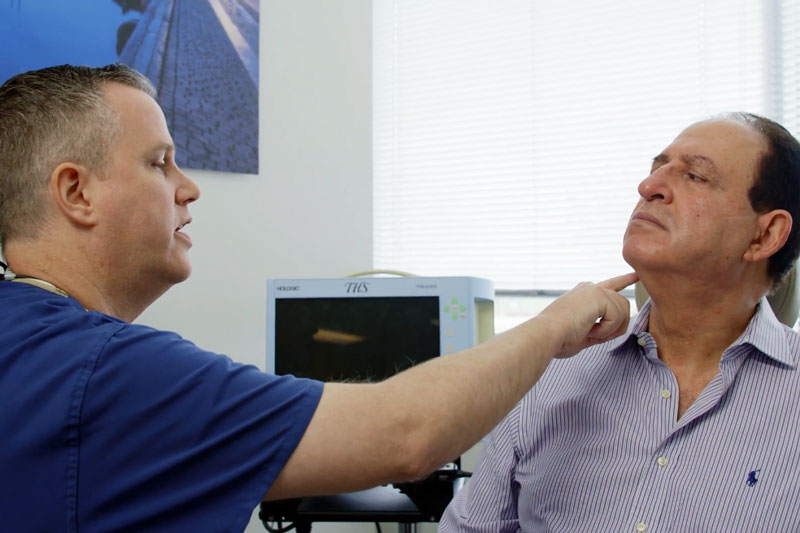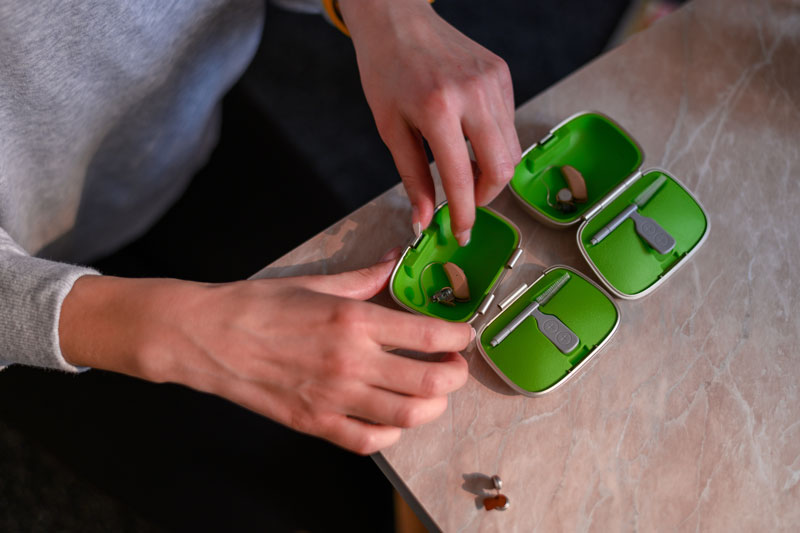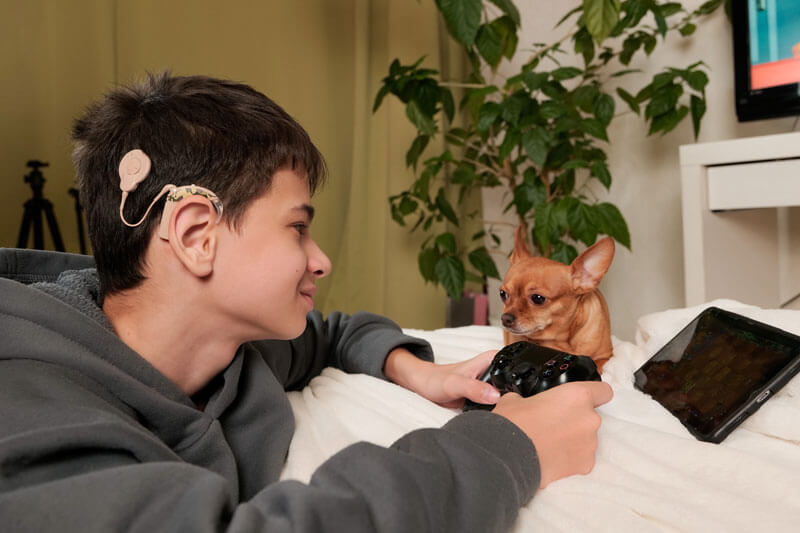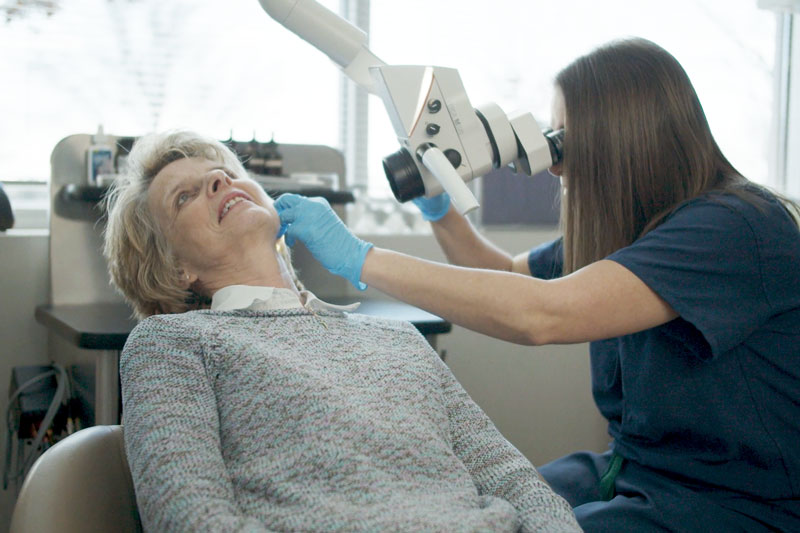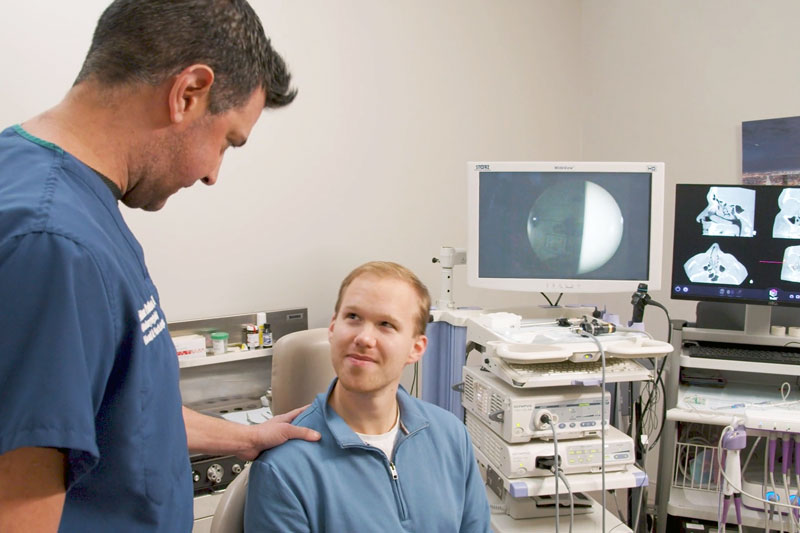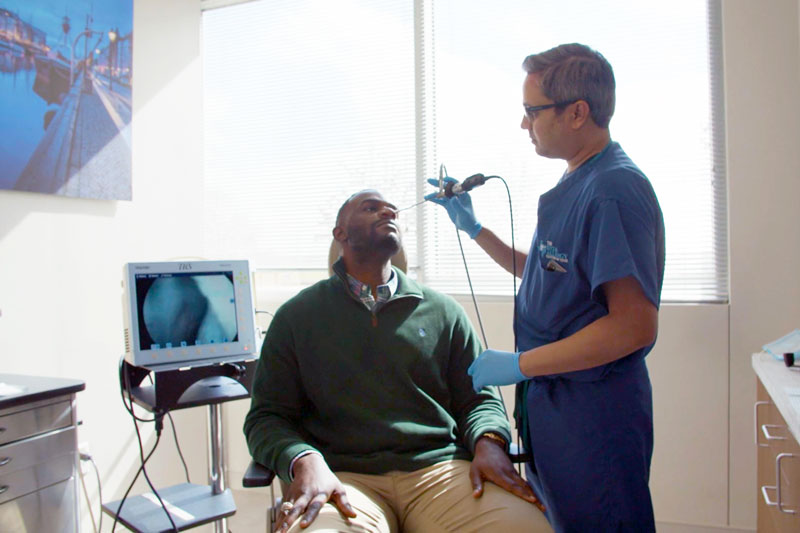What are Nasal Polyps?

What Causes Nasal Polyps To Form?
Symptoms of Nasal Polyps
Possible symptoms include:
- Sneezing
- Postnasal drip
- Facial pain
- Stuffy or blocked nose
- Runny nose
- Loss of taste
- Chronic infections
- Decreased sense of smell
- Itching around the eyes
- Sensitivity to fumes, odors, dust, and chemicals

Diagnosis of Nasal Polyps
Treatment Options for Nasal Polyps
There are several ways to treat nasal polyps. Although there is no universal solution, having an awareness of your treatment options and understanding the nature of your nose can facilitate informed decision-making concerning the most suitable course of treatment for you. Options include:
- Steroid nasal sprays to shrink polyps and improve symptoms.
- Oral steroids (pills you swallow).
- Injections (shots) under the skin to deliver a medicine called dupilumab.
- Outpatient (no overnight stay)in-office procedure to place a tiny steroid stent (PROPEL).
- Outpatient surgery using endoscopy to remove polyps when other treatments don’t work.
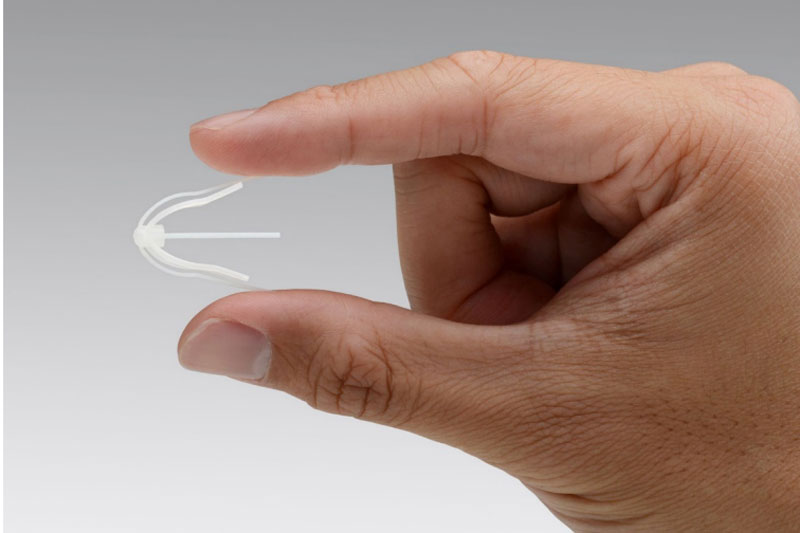
What is SINUVA and How Does it Work?
Individuals who have undergone sinus surgery in the past are susceptible to recurring polyps. SINUVA is a tiny steroid implant inserted into the area where the polyps have formed. This implant gradually dissolves, releasing anti-inflammatory medication to treat and diminish nasal polyps. It remains in place for a maximum of 90 days before removal. The insertion of SINUVA is a straightforward in-office procedure, and it is imperceptible in the sinus cavity.
SINUVA is made from bioabsorbable polymers that gradually soften with time. The device features folded arms that are retracted during insertion into the sinus cavity. Upon reaching the appropriate position, SINUVA is deployed, causing the arms to expand outward and anchoring it in place within the sinus cavity. The implant then begins dispensing mometasone furoate, a corticosteroid that reduces nasal obstruction and congestion by shrinking the polyps. This medication also enhances the patient’s olfactory function. After the polyps have contracted or disappeared, the SINUVA implant is eliminated via a straightforward office appointment.
How is SINUVA Placed?
How Long Will SINUVA Last & Are There Any Risks?
Upon placement, SINUVA starts working immediately. As soon as the polyps have either contracted or disappeared entirely, the implant is removed. This implant is present for up to 90 days or less. As SINUVA softens and the polyps diminish in size, the implant may be spontaneously expelled through sneezing or forceful nose blowing.
The most frequently reported adverse reactions in the clinical trials for SINUVA were upper respiratory or middle ear infections, bronchitis, headaches, lightheadedness, nosebleed, and asthma.
Discover our sinus specialists from Frisco to Flower Mound and other locations throughout Texas.

